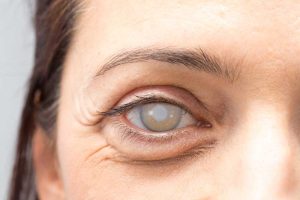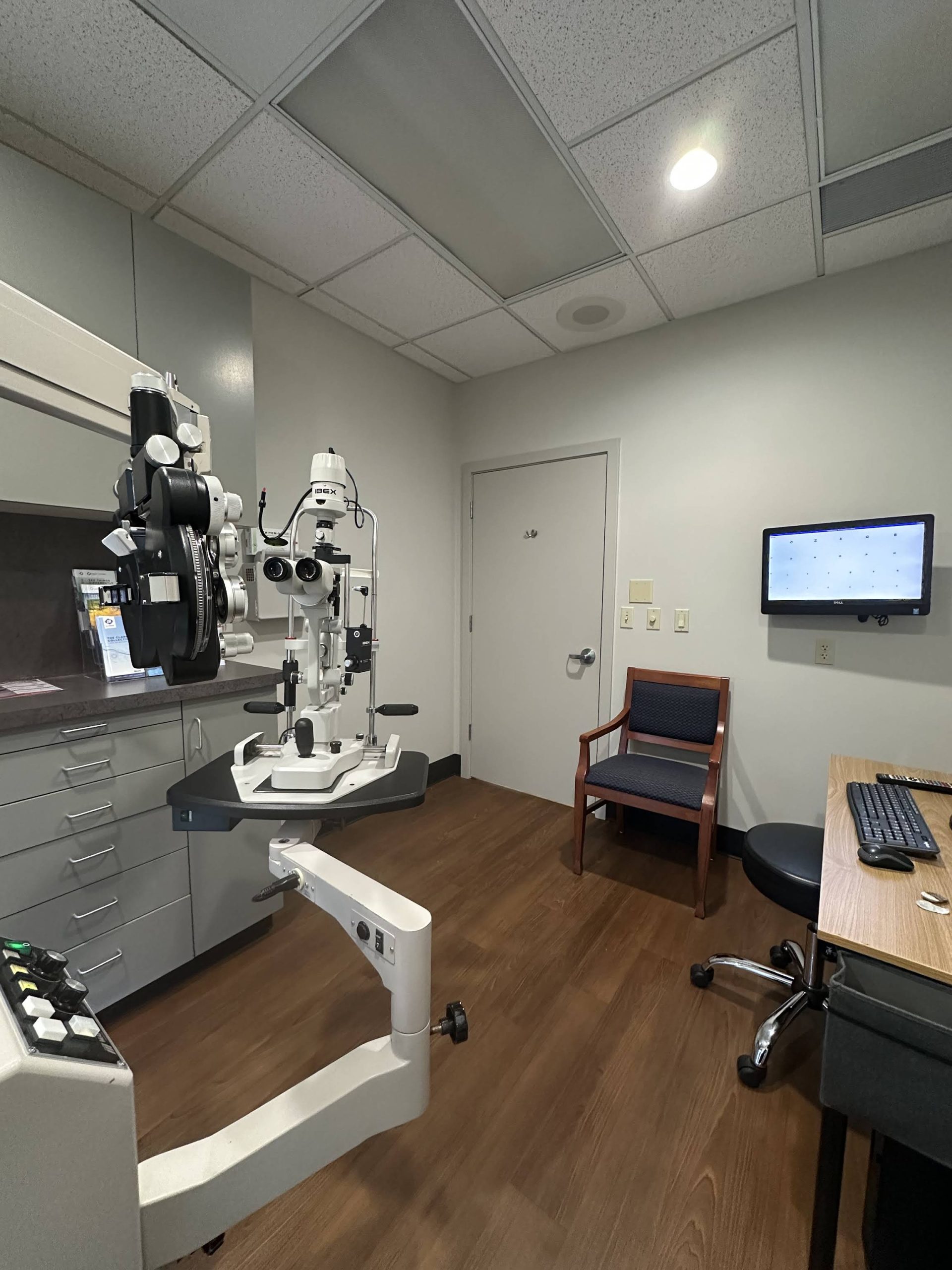 Cataracts are a common vision impairment, particularly among older adults. They occur when the lens of the eye becomes cloudy, leading to blurred vision and, in severe cases, blindness. Fortunately, cataract removal surgery is a safe and effective procedure that can restore clear vision. In Woodinville, WA, residents have access to advanced surgical techniques and experienced ophthalmologists dedicated to providing exceptional care.
Cataracts are a common vision impairment, particularly among older adults. They occur when the lens of the eye becomes cloudy, leading to blurred vision and, in severe cases, blindness. Fortunately, cataract removal surgery is a safe and effective procedure that can restore clear vision. In Woodinville, WA, residents have access to advanced surgical techniques and experienced ophthalmologists dedicated to providing exceptional care.
Understanding Cataracts
Cataracts develop gradually, often starting with minor vision changes that may go unnoticed. Over time, these changes can become more pronounced, affecting daily activities such as reading, driving, and recognizing faces. Understanding the symptoms and causes of cataracts is essential for early detection and treatment. Regular eye examinations are crucial, as they can help identify the onset of cataracts before significant vision impairment occurs. Eye care professionals can provide guidance on maintaining optimal eye health and suggest lifestyle changes that may slow the progression of cataracts.
Symptoms of Cataracts
Common symptoms of cataracts include blurred or cloudy vision, difficulty seeing at night, sensitivity to light, and seeing halos around lights. Some individuals may also experience frequent changes in prescription glasses. Recognizing these symptoms early can lead to timely intervention. In addition to these visual disturbances, patients may notice colors appearing less vibrant or a general dullness in their visual perception. These subtle changes can significantly impact quality of life, making it essential to seek medical advice if symptoms begin to interfere with everyday activities.
Causes and Risk Factors
Cataracts can be caused by a variety of factors, including aging, prolonged exposure to UV light, smoking, and certain medical conditions such as diabetes. Genetics also play a role, as individuals with a family history of cataracts are at a higher risk. Understanding these risk factors can help individuals take proactive measures to protect their eye health. For instance, wearing UV-blocking sunglasses and maintaining a healthy diet rich in antioxidants can contribute to better eye health. Additionally, managing chronic conditions such as diabetes through regular check-ups and lifestyle modifications can help mitigate the risk of cataract development. Awareness of these factors empowers individuals to make informed choices that can positively influence their vision health over time.
The Importance of Diagnosis
Early diagnosis of cataracts is crucial for effective treatment. Regular eye exams can help detect cataracts before they significantly impact vision. Eye care professionals in Woodinville utilize advanced diagnostic tools to assess the severity of cataracts and recommend appropriate treatment options. These tools include high-resolution imaging technology, which allows for a detailed view of the lens and surrounding structures, ensuring that no subtle changes go unnoticed.
Additionally, awareness of the symptoms of cataracts—such as blurred vision, sensitivity to light, and difficulty with night vision—encourages individuals to seek timely care. Education on these symptoms can empower patients to take charge of their eye health, leading to earlier interventions and better quality of life.
Comprehensive Eye Exams
A comprehensive eye exam typically includes a visual acuity test, a dilated eye exam, and tonometry to measure eye pressure. These tests allow the ophthalmologist to evaluate the overall health of the eyes and determine the extent of cataract development. Early detection can lead to better outcomes. Moreover, the dilated eye exam provides the doctor with a broader view of the retina and optic nerve, enabling the identification of other potential eye conditions, such as glaucoma or macular degeneration, which may coexist with cataracts.
Patients may also be encouraged to keep a record of any changes in their vision or eye comfort, which can be invaluable during these exams. This proactive approach not only aids in the timely diagnosis of cataracts but also fosters a collaborative relationship between patients and their eye care providers, ensuring that all aspects of eye health are monitored and addressed.
Consultation with an Ophthalmologist
Once diagnosed, patients should consult with an ophthalmologist to discuss treatment options. This consultation is an opportunity to ask questions, express concerns, and understand the surgical process. The ophthalmologist will explain the benefits and risks associated with cataract surgery, helping patients make informed decisions. In addition to discussing surgical options, the ophthalmologist may also explore non-surgical alternatives, such as updated prescription lenses or lifestyle adjustments, which can temporarily alleviate symptoms.
Furthermore, it is during this consultation that patients can learn about the different types of intraocular lenses available after cataract removal. Each lens type offers unique benefits, such as improved distance or near vision, and understanding these choices can significantly influence a patient’s post-surgery experience. By fostering an open dialogue, patients can feel more confident and prepared as they navigate their treatment journey, ultimately leading to a more satisfactory outcome and enhanced vision quality.
Cataract Removal Surgery: What to Expect
Cataract removal surgery is one of the most commonly performed surgical procedures in the United States. The surgery typically lasts less than an hour and is performed on an outpatient basis. Understanding what to expect before, during, and after the procedure can alleviate anxiety and prepare patients for a smooth experience.
Pre-Surgery Preparations
Before surgery, patients may undergo additional tests to ensure they are suitable candidates for the procedure. This may include measuring the curvature of the cornea and assessing the overall health of the eye. Patients are usually advised to avoid certain medications and refrain from eating or drinking for several hours before the surgery.
The Surgical Procedure
During cataract surgery, the ophthalmologist will use a local anesthetic to numb the eye and may administer a sedative to help the patient relax. The cloudy lens is removed through a small incision, and an artificial intraocular lens (IOL) is implanted to restore clear vision. The procedure is minimally invasive, and most patients experience little to no discomfort.
Post-Surgery Recovery
After surgery, patients will need someone to drive them home. Initial recovery may involve some swelling and mild discomfort, which can be managed with prescribed eye drops and over-the-counter pain relievers. It is essential to follow the ophthalmologist’s post-operative care instructions to ensure optimal healing and vision restoration.
Choosing the Right Surgeon in Woodinville
Selecting the right ophthalmologist is a critical step in the cataract surgery process. Woodinville offers a variety of experienced eye care professionals who specialize in cataract removal. Patients should consider factors such as the surgeon’s qualifications, experience, and patient reviews when making their choice.
Qualifications and Experience
When evaluating potential surgeons, it is important to review their qualifications, including board certification and specialized training in cataract surgery. Experience matters, as a surgeon who has performed numerous procedures is likely to have refined their techniques and achieved better outcomes.
Patient Reviews and Testimonials
Reading patient reviews and testimonials can provide valuable insights into the surgeon’s approach and the overall patient experience. Positive feedback regarding the quality of care, communication, and post-operative support can help patients feel more confident in their choice.
Cost of Cataract Surgery in Woodinville
The cost of cataract surgery can vary based on several factors, including the type of lens chosen, the surgeon’s fees, and whether the procedure is performed in an outpatient surgical center or a hospital. Understanding the financial aspects of surgery is essential for planning and budgeting.
Insurance Coverage
Many insurance plans cover cataract surgery, particularly when it is deemed medically necessary. Patients should contact their insurance provider to understand their coverage options and any out-of-pocket expenses they may incur. This can help mitigate financial concerns associated with the procedure.
Financing Options
For those without insurance or facing high out-of-pocket costs, various financing options are available. Many eye care centers offer payment plans or work with third-party financing companies to help patients manage the costs of surgery. Exploring these options can make the procedure more accessible.
Conclusion
Cataract removal surgery is a safe and effective solution for restoring vision affected by cataracts. In Woodinville, WA, residents have access to skilled ophthalmologists and advanced surgical techniques. By understanding the symptoms of cataracts, the importance of early diagnosis, and what to expect during surgery, patients can approach the procedure with confidence. Choosing the right surgeon and exploring financial options further enhances the experience, ensuring a successful outcome and a return to clear vision.
If you’re ready to address your cataract concerns and seek expert care in Woodinville, WA, look no further than Overlake EyeCare. Our commitment to excellence ensures that you receive personalized attention and the most advanced options for intraocular lenses, tailored to your unique needs. Dr. Mary Coday and our team are dedicated to helping you achieve the clearest vision possible. Don’t let cataracts diminish your quality of life any longer. Contact Us Today to schedule your comprehensive surgical consultation and take the first step towards restoring your vision with the trusted professionals at Overlake EyeCare.

